The neurorehabilitation devices market is characterized by a dynamic competitive landscape, driven by technological advancements and an increasing demand for effective rehabilitation solutions. Key players such as ReWalk Robotics (IL), Ekso Bionics (US), and Medtronic (US) are at the forefront, each adopting distinct strategies to enhance their market presence. ReWalk Robotics (IL) focuses on innovation in exoskeleton technology, aiming to improve mobility for individuals with spinal cord injuries. Meanwhile, Ekso Bionics (US) emphasizes partnerships with healthcare providers to expand its reach and integrate its devices into clinical settings. Medtronic (US), leveraging its extensive portfolio, is concentrating on digital transformation to enhance patient outcomes through data-driven rehabilitation solutions. Collectively, these strategies contribute to a competitive environment that is increasingly centered on technological innovation and patient-centric approaches.
In terms of business tactics, companies are localizing manufacturing and optimizing supply chains to enhance efficiency and reduce costs. The market appears moderately fragmented, with several players vying for market share. However, the influence of major companies is significant, as they set trends and standards that smaller firms often follow. This competitive structure fosters an environment where innovation is paramount, and companies are compelled to differentiate themselves through advanced technologies and superior service offerings.
In October 2025, ReWalk Robotics (IL) announced a strategic partnership with a leading rehabilitation hospital to implement its exoskeleton technology in clinical trials. This collaboration is expected to validate the efficacy of their devices in real-world settings, potentially leading to broader adoption in rehabilitation protocols. Such partnerships not only enhance ReWalk's credibility but also position it as a leader in evidence-based rehabilitation solutions.
In September 2025, Ekso Bionics (US) launched a new version of its EksoNR exoskeleton, which incorporates AI-driven features to personalize rehabilitation programs. This innovation is significant as it aligns with the growing trend of integrating artificial intelligence into healthcare, allowing for tailored patient experiences that could improve recovery outcomes. The introduction of AI capabilities may also provide Ekso Bionics with a competitive edge in a market increasingly focused on personalized medicine.
In August 2025, Medtronic (US) unveiled a new digital platform designed to integrate data from its neurorehabilitation devices with electronic health records (EHRs). This move is crucial as it enhances the interoperability of rehabilitation technologies, facilitating better communication among healthcare providers. By streamlining data sharing, Medtronic positions itself as a leader in digital health solutions, which is becoming increasingly vital in the rehabilitation landscape.
As of November 2025, current trends in the neurorehabilitation devices market include a strong emphasis on digitalization, sustainability, and the integration of AI technologies. Strategic alliances are shaping the competitive landscape, enabling companies to pool resources and expertise to drive innovation. Looking ahead, competitive differentiation is likely to evolve from traditional price-based competition to a focus on technological advancements, reliability in supply chains, and the ability to deliver personalized patient care. This shift underscores the importance of innovation as a key driver of success in the neurorehabilitation devices market.


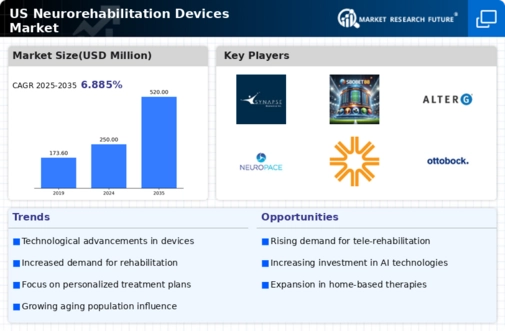
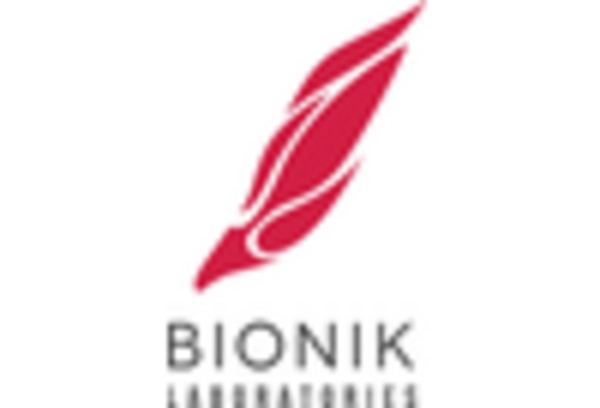
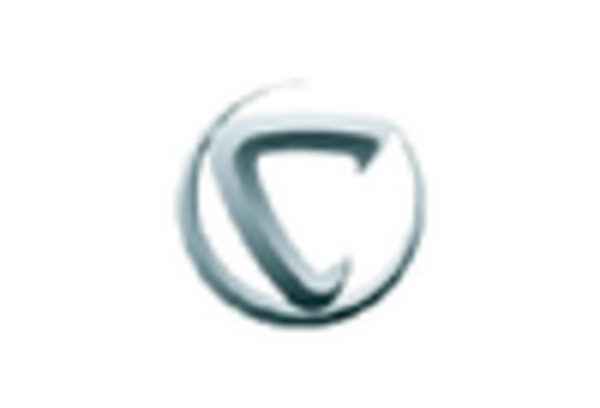
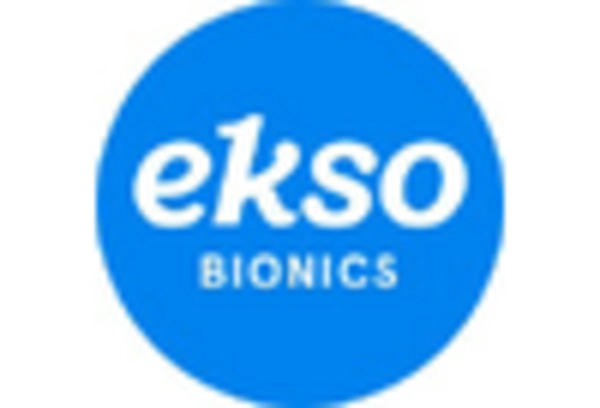
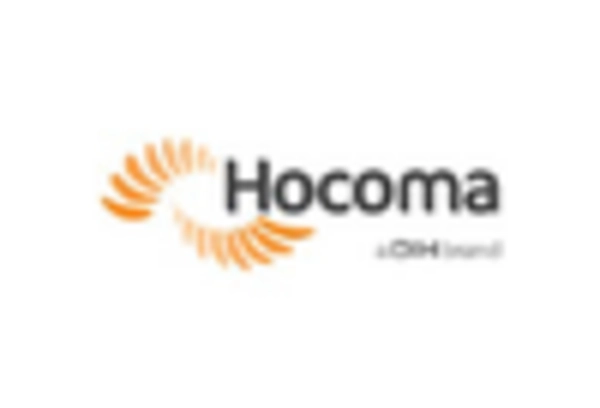
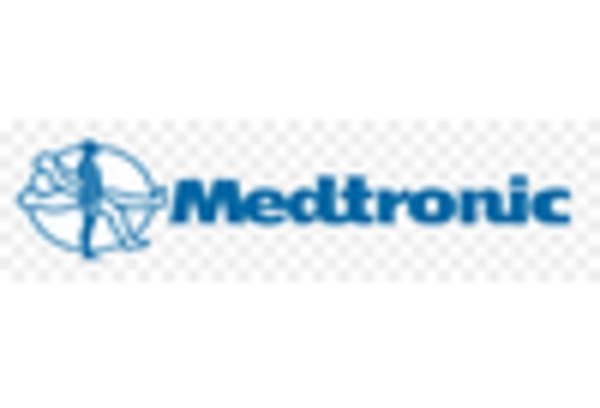
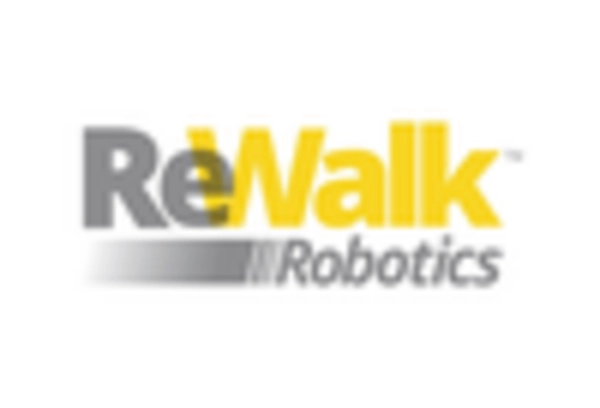








Leave a Comment